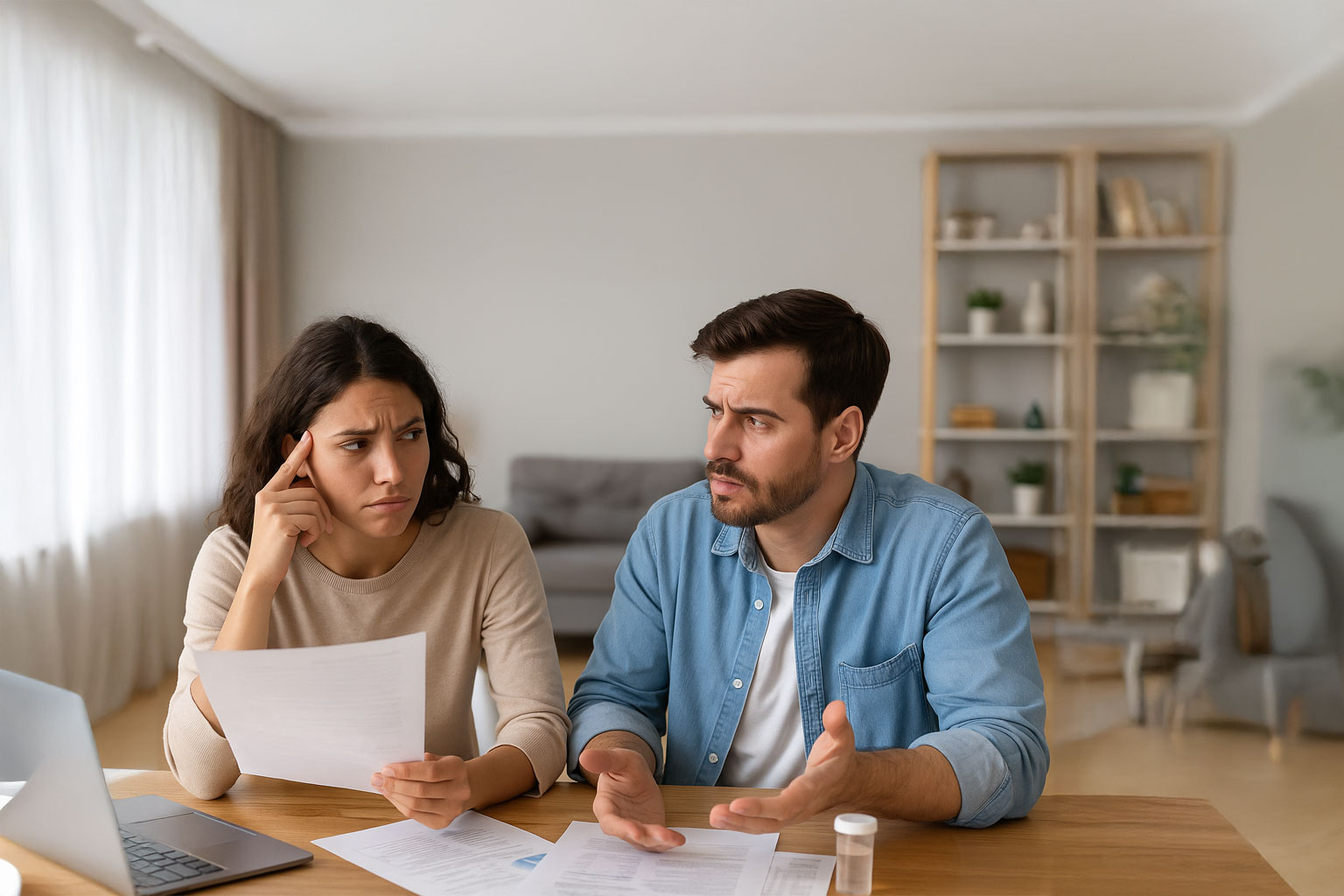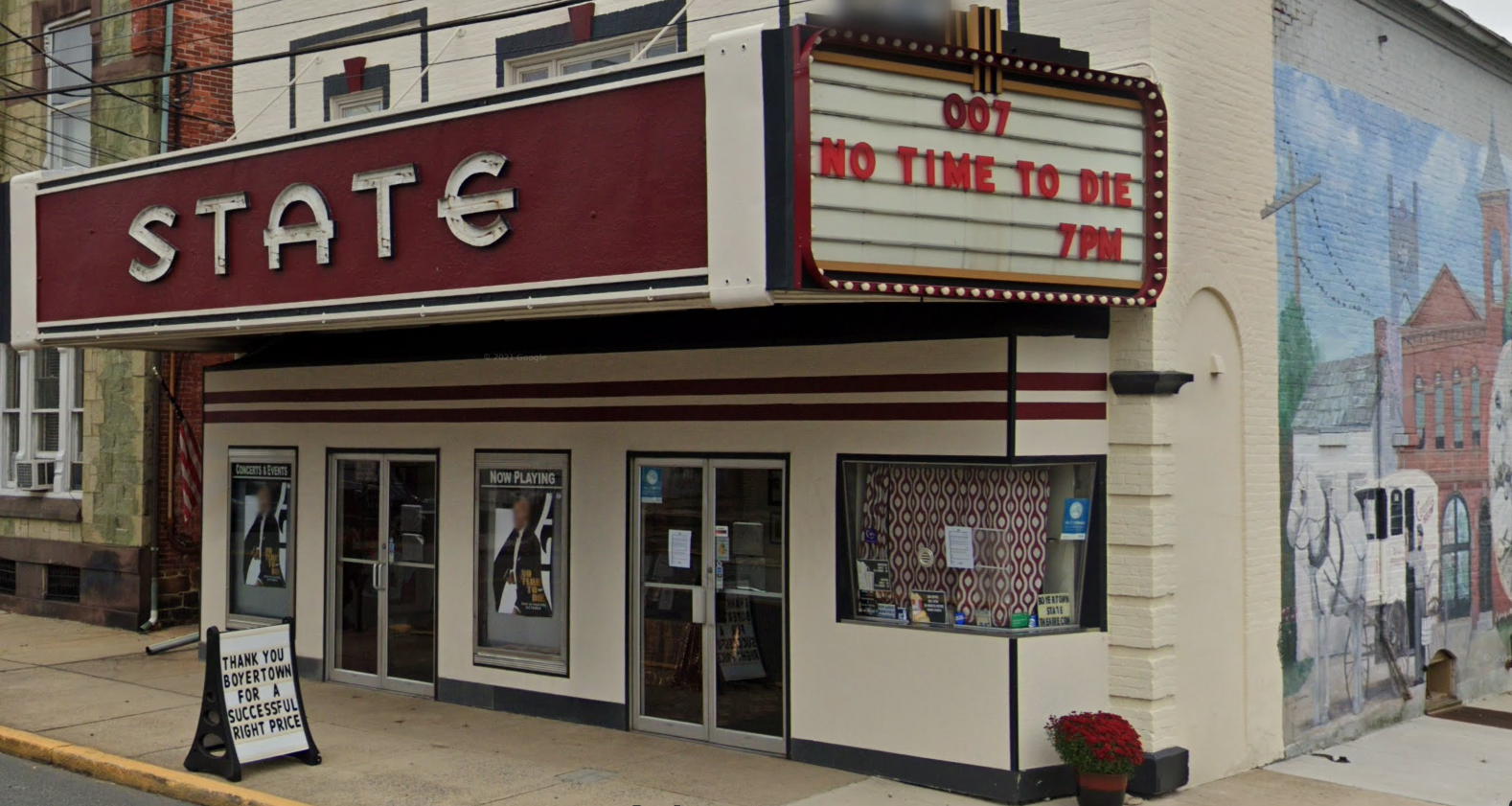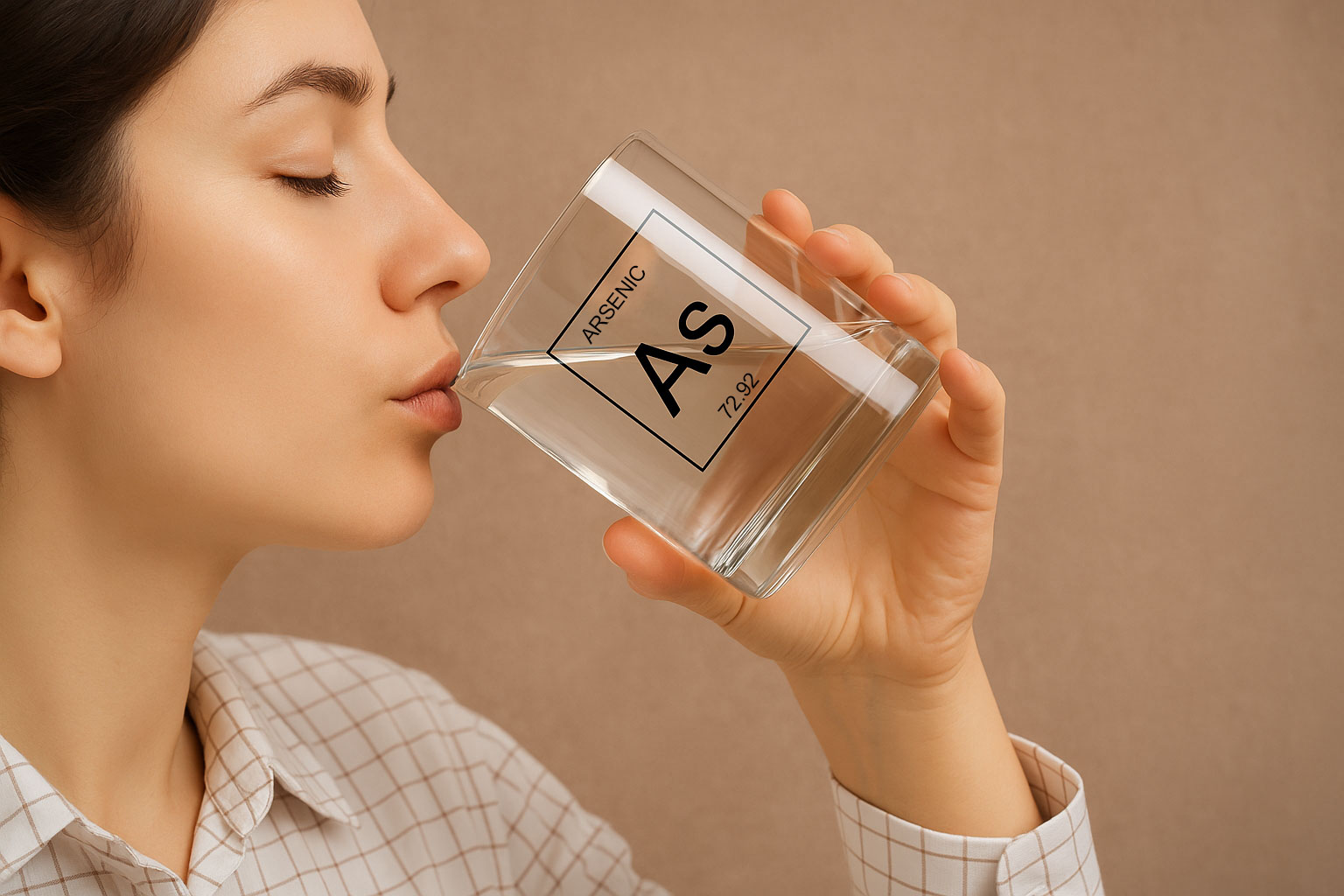We all dread those “Boil Water Advisories” – when we find out from the news or a local health department that our drinking water may not be safe to drink. This may be caused by a natural disaster, like a flood or a bad storm, or by a broken water pipe or other equipment failure. Despite the inconvenience, it’s important to take these warnings seriously as drinking contaminated water can make you quite sick from a variety of pathogens.
It’s always a good idea to have bottled water on hand for emergencies. But it’s unlikely that you’ll have enough to sustain your family until the advisory is lifted. There are several ways you can purify your tap water to make it safe to consume.
Boil Your Water
Boiling water is the simplest way to purify it. Boiling water correctly will kill anything alive in the water that could make you sick, such as bacteria, viruses, and parasites.
If the water is clear, all you need is a pan and a stove. Bring to a rolling boil for at least one minute. Be sure to let the water cool completely before drinking, and be careful not to scald yourself. Store any excess water in a clean, sanitized container with a lid.
If the water is cloudy, you should filter it before boiling. Let any sediment settle naturally. Then pour the water through a clean cloth. Coffee filters work great too! Then boil the water for at least a minute.
Boiled water may taste different than you’re used to. To improve the taste, you can add a pinch of salt for each quart of water.
Disinfect Your Water
If an emergency has also caused you to lose electricity, boiling water may not be an option. It’s a good idea to have unscented chlorine bleach on hand to disinfect your water. Please note that bleach will kill most – but not all – pathogens that could contaminate your water. Boiling is the preferred purification method.
Choose a bleach whose active ingredient is 6% or 8.25% sodium hypochlorite. The bleach should be less than a year old and stored at room temperature. Choose a standard, unscented bleach – DO NOT use bleach that contains added cleaners or is scented or color safe.
If the water is cloudy, filter as described above. Once water is clear, add the amount of bleach recommended by the Environmental Protection Agency, depending on the strength of the bleach and amount of water to be disinfected.
Once bleach is added, stir well and let stand for at least half an hour before drinking. As with boiled water, store in clean, sanitized containers.
As an alternative to bleach, water disinfecting tablets designed for camping are available at outdoor and sporting goods stores. Follow all instructions carefully and take note of any health warnings or specific pathogens which the tablets may not protect you against.
Filter Your Water
Household water filters may remove some pathogens, but it is unlikely they are purifying your water enough to keep you safe during a water emergency. Be sure to read all labels to understand what you are and are not protected against. This method made be used in combination with a water disinfecting tablet for better protection.
Remember, Water is Used for More than Just Drinking
We use water without even thinking about it. During a Boil Water Advisory, tap water can be safely used for some activities, while others require purified water.
Tap water is safe for:
- Washing your hands – This is usually okay, unless the advisory says it’s not. Be sure to scrub your hands with soap for at least 20 seconds.
- Bathing and showering – Just don’t swallow any water! For babies or young children who might have trouble with this, sponge baths are best.
- Washing Dishes – Dishwashers are safe if they reach a final rinse temperature of at least 150℉. If you aren’t sure, or typically wash dishes by hand, use disposable plates and silverware if you can. If you must wash dishes by hand, soak afterwards for at least a minute in a basin of warm water with one teaspoon of unscented bleach per gallon of water. Air dry before use.
- Laundry
- Watering Your Garden or Houseplants
Purified water is needed when:
- Drinking
- Watering your pets – They can get sick too!
- Cooking/Preparing food
- Washing produce
- Making coffee – Beware if your machine has a direct line to the water supply.
- Brushing your teeth
- Making Ice
A Special Note About Refrigerators with Ice Makers
Once the advisory is over, discard all ice from ice machines. Once your freezer makes new ice, throw the first batch out too. If you have a water dispenser in your refrigerator, run it for 5 minutes to flush out the contaminated water and discard. Do not drink unpurified water from your refrigerator during the advisory.
Summary
Boiled Water Advisories may be a pain, but they’re less annoying than the alternative – a trip to the emergency room or days of nasty stomach symptoms. With a little time and effort you can boil or disinfect tap water to make it safe until the advisory is lifted. Just remember that we consume water in many less obvious ways. Don’t let contaminated ice or coffee make you sick – and be sure to purify your pets’ water too!



